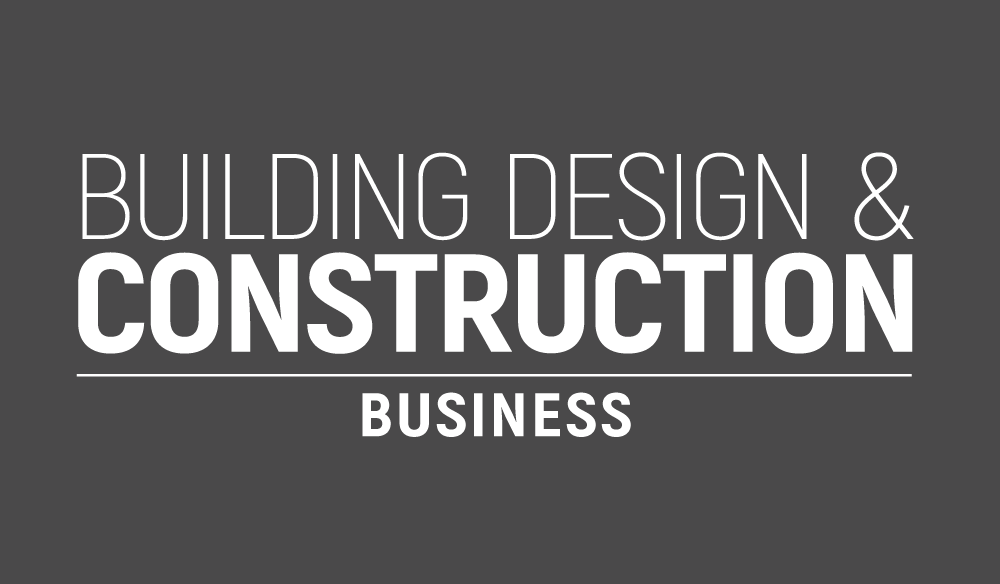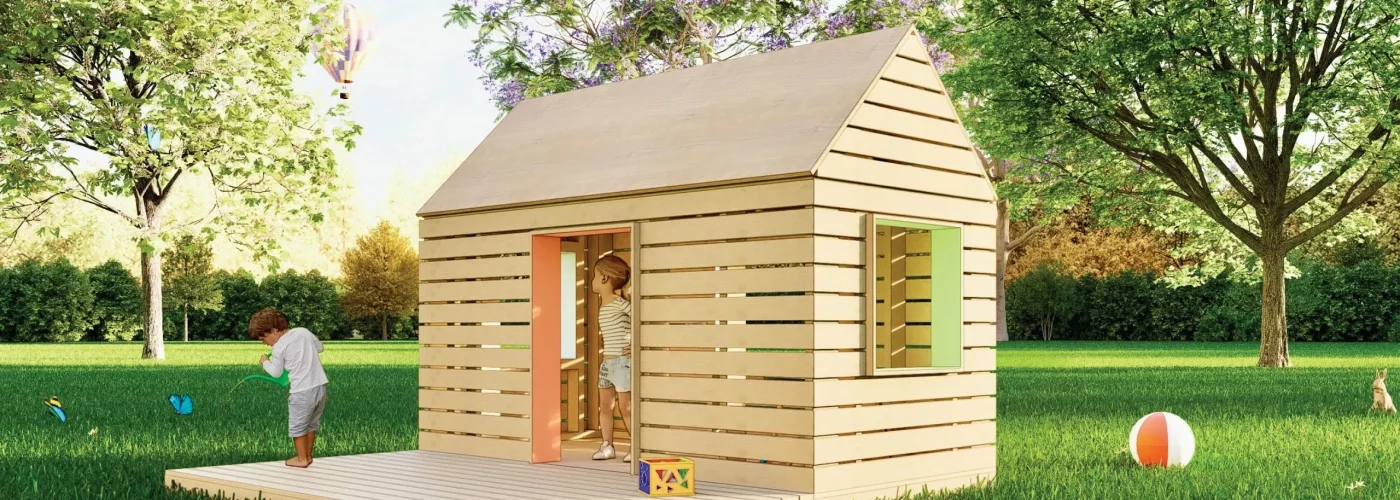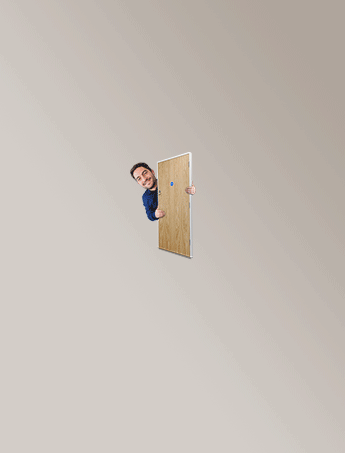The DIY revolution has swept across Australian homes, with more families tackling renovations and construction projects themselves. While this hands-on approach to home improvement offers numerous benefits, it also introduces safety concerns – especially in households with children. Creating a safe environment where DIY projects can thrive without compromising child safety requires careful planning and implementation. Parents seeking lawyers for child support often have homes where both parents engage in DIY activities, making safety protocols even more essential.
Key Takeaways
- Creating a dedicated and secure DIY space is essential for home construction safety
- Child-friendly features can make DIY areas both educational and safe
- Regular maintenance and proper tool storage significantly reduce accident risks
- Australian building codes and regulations must be followed for legal compliance
- Property professionals can provide valuable guidance on safe DIY environments
Creating a Safe DIY Space
Setting up a dedicated DIY area in your home is the first step toward safe construction practices. The location should ideally be separated from main living areas but not completely isolated, allowing for supervision while keeping children at a safe distance from active projects.
Tool storage plays a critical role in DIY safety. Wall-mounted pegboards keep tools visible yet out of reach, while lockable cabinets provide secure storage for hazardous equipment. Power tools should always have locked storage when not in use, with keys kept away from curious hands.
The layout of your DIY space should include clear walkways, adequate lighting, and well-marked hazard zones. Electrical outlets should have safety covers when not in use, and extension cords should be properly managed to prevent tripping. Consider installing non-slip flooring to reduce fall risks during construction activities.
Child-Friendly Features in DIY Spaces
Creating physical barriers between active work zones and child-accessible areas dramatically reduces accident risks. Retractable gates, plexiglass dividers, or designated safety lines can clearly delineate zones where children should not enter without supervision.
“The most effective DIY safety measures don’t just protect children from tools – they teach children about tools in an age-appropriate way.”
For families committed to teaching building skills, investing in child-sized tools with proper safety features allows supervised participation. Many Australian hardware retailers now offer junior tool sets with real functionality but reduced risk profiles.
Educational zones where children can observe construction activities from a safe distance create valuable teaching opportunities. Consider installing a small workbench at an appropriate height where children can work on simple projects while learning proper tool handling under close supervision.
Essential Safety Tips and Practices
Establishing clear guidelines for when and how children can participate in DIY activities is fundamental. These might include:
- Eye protection must be worn by everyone in the work area
- Hearing protection for loud power tools
- Age-appropriate tasks only
- No loose clothing or dangling items
- Clear verbal commands for stopping activity immediately
- One adult focused solely on supervising children during active tool use
Regular maintenance checks of all tools and equipment prevent malfunctions that could cause injuries. Create a schedule for inspecting power cords, checking for loose parts, and ensuring safety guards are functioning properly. This not only extends the life of your construction tools but also prevents dangerous situations.
Every DIY area should include a prominently displayed emergency kit with first aid supplies, emergency contact numbers, and simple instructions for common injuries. Consider taking a basic first aid course focused on construction-related injuries as part of your DIY preparation.
Property Management Considerations
For property investors and homeowners working with estate agents, DIY modifications require special consideration. Property managers can provide valuable guidance on which DIY construction projects maintain or enhance property value while adhering to safety standards.
Some property management companies in Australia now offer specialised workshops on safe home improvement techniques, recognising that DIY renovations are increasingly common among tenants and property owners alike. These resources help ensure that construction projects don’t compromise building integrity or safety compliance.
Legal and Regulatory Framework
Australian building codes establish clear guidelines for DIY construction projects, with variations across different states and territories. Before beginning significant home projects, familiarise yourself with local requirements regarding permits, inspections, and safety standards. Non-compliance can result in financial penalties and potentially invalidate home insurance policies.
The Australian Building Codes Board provides resources specifically for DIY enthusiasts, clarifying which projects require professional certification and which can be safely completed by homeowners. Understanding these distinctions helps ensure that your construction activities remain both safe and legal.
Building a Culture of Safety
Creating a safe DIY environment extends beyond physical precautions to establishing a culture where safety practices are valued and consistently followed. This includes modelling proper tool use, discussing potential hazards openly, and praising careful work habits rather than just finished projects.
When children observe adults prioritising safety in construction activities, they internalise these values for their own future projects. This generational transfer of knowledge represents one of the most valuable aspects of including children in DIY culture.
Conclusion
Balancing DIY enthusiasm with child safety requires thoughtful planning and consistent implementation of safety measures. By creating dedicated spaces, using appropriate barriers, maintaining tools properly, and following regulatory guidelines, Australian families can enjoy the rewards of DIY construction while protecting their most precious assets – their children.
Whether you’re a seasoned builder or just beginning your DIY journey, prioritising safety creates positive experiences that build skills and confidence for the whole family. If you need further guidance on creating child-friendly spaces during complex family transitions, Testart Family Lawyers can provide support while you focus on creating a safe and nurturing home environment.





